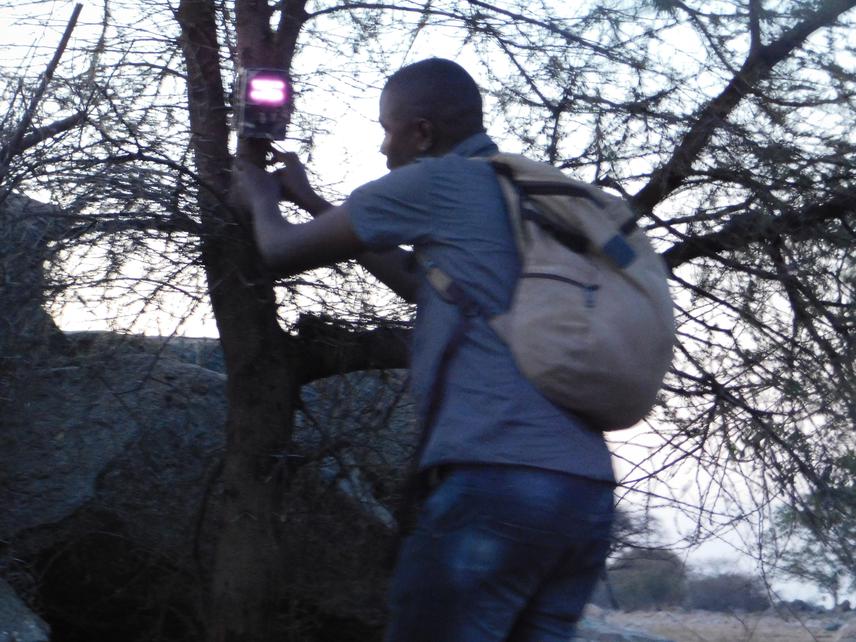Social media video featuring the project.
Mfahamu Fisi Maji "Supu Yake Inaongeza Nguvu Za Kiume"
24 Jul 2018 Mtera Dam, Tanzania, Africa Carnivores | Mammals
Conservation of Otters in the Kilombero Ramsars Site; Ecology, Threats and Monitoring Program
The project aims to assess the threats faced by otter in Mtera Dam and to assess the awareness of these species between local authorities, fishermen and conservation practitioners. Also the project will assess the distribution pattern of otter along the Mtera Dam. Together the information that will be collected to assess the conservation status of otters in Mtera Dam also awareness raising camping will be performed to the fishermen around otter’s vicinity. It is anticipated that findings from this study will provide keen information to the conservation of otters and will pave way to multiple projects that aiming at conserving this threaten species.

According to the report made by IUCN recently on the Red List species, out of the 13 species of otter worldwide, 12 are declining in number (IUCN, 2015). Research has shown that the population of spotted necked otter is continually decreasing with very little data on the presence and status of these species in their usual habitat (Reed-smith et. al., 2016). Studies also continue to argue that this decline is due to habitat loss. Driven by both legal and illegal fishing activities (Kruuk and Goudswaard, 1990), as well as unsustainable agriculture (Rowe-Rowe, 1992). Unlike other species otters utilize habitat even those found outsides PA’s. Hence across a species’ distributional range, populations are likely to be exposed to various threat levels and differing management regimes. Which impose on the population structure of otters in unprotected habitats. Which calls for immediate studies on the distribution and factor that potential can affect the population growth of otters in and outside protected area.
Therefore findings from this study will help to raise awareness to researcher and other policy makers on the diversity of the factors that contribute to the sinking population of otters. Also the demographic data obtain will help to suggest and map the situation of the species in our country. But also will cement the way to the strong conservation program of these threatened species in Tanzania and global at large.
Below are the objectives of the study:
I. To assess the level of awareness on the African claw less otters.
II. To assess the distribution pattern and abundance of African clawless otters.
III. To identify types and levels of human-otters conflicts that contribute to the declining of African clawless otter.
Social media video featuring the project.
Mfahamu Fisi Maji "Supu Yake Inaongeza Nguvu Za Kiume"